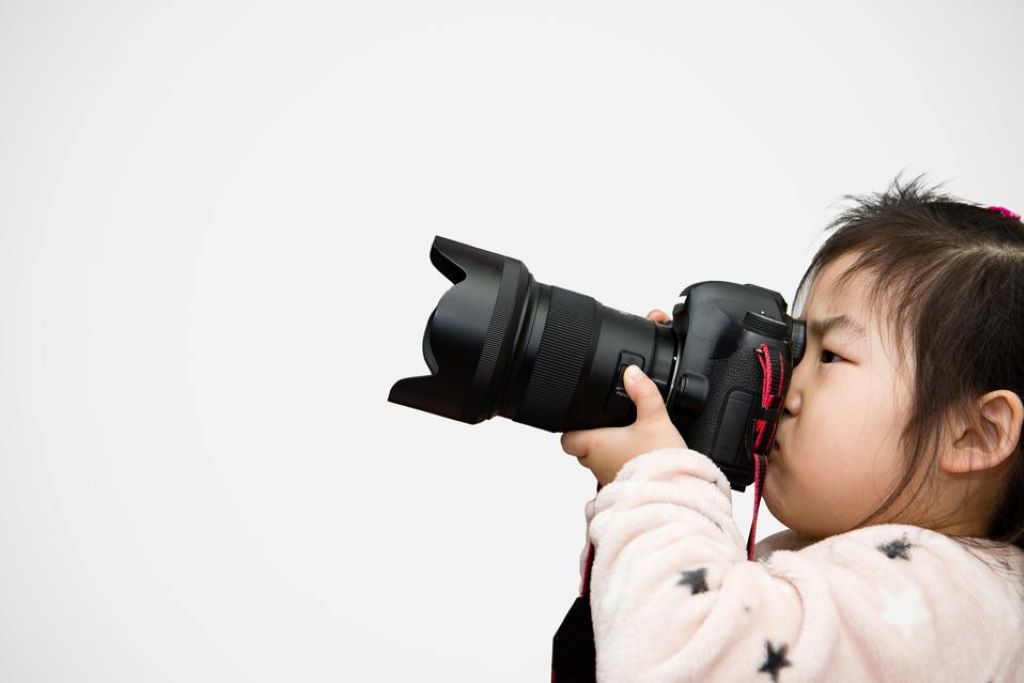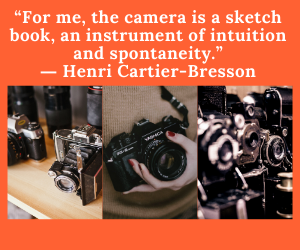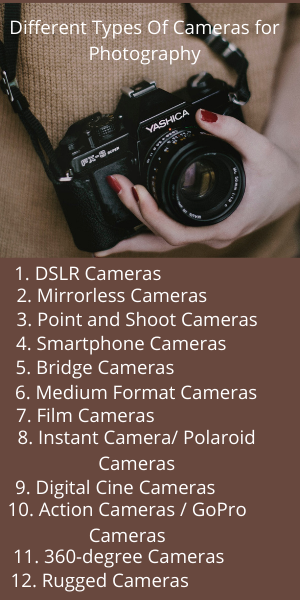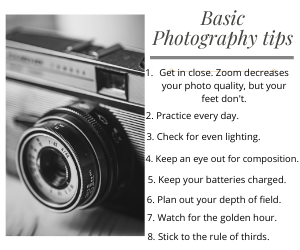
Why Are Digital Cameras Important in Education?
In today’s rapidly evolving educational landscape, technology has seamlessly integrated itself into classrooms, bringing innovative tools that enhance learning experiences. One such tool that has gained remarkable importance is the digital camera. Gone are the days when cameras were merely used to capture memories; now they are indispensable tools in education. In this article, we’ll delve into the reasons why digital cameras have become so essential in education. This article is crafted by Duckysdesktop.com.
Fostering Visual Learning
Visual learning has proven to be a powerful technique for many students. The saying “a picture is worth a thousand words” rings particularly true in an educational setting. Digital cameras allow teachers and students to capture images and videos that can vividly illustrate complex concepts, highlighting the importance of digital camera in the classroom. These visual aids enhance understanding and retention, making learning more engaging and effective.

Documenting Student Progress
Digital cameras enable educators to document and track students’ progress over time. Whether it’s a science experiment, an art project, or a presentation, teachers can capture each step of the learning journey. This documentation serves as a comprehensive record of a student’s growth, providing valuable insights into their development and enabling better-informed assessments.
Encouraging Creativity
Creativity is a skill that holds immense value in the modern world. Digital cameras empower students to express their creativity in various ways. From capturing unique perspectives to creating multimedia projects, students can explore their artistic side while also reinforcing their understanding of the subject matter.
Bridging Distance Learning Gaps
Distance learning has become more prevalent, and digital cameras play a crucial role in bridging the gap between teachers and students who are geographically separated. Through live streaming, recorded videos, and interactive sessions, educators can ensure that students receive a high-quality education, regardless of their physical location.
Enhancing Communication
Digital cameras facilitate better communication among students, teachers, and parents. For instance, teachers can use photos and videos to provide detailed explanations of assignments. Parents can also get a glimpse into their child’s classroom activities, fostering stronger home-school connections.
Real-World Applications
Education should not be confined to textbooks and theories; it should extend into the real world. Digital cameras enable students to capture real-world scenarios, conduct field research, and analyze their surroundings. This hands-on experience enriches their learning by grounding it in practical applications.
Inclusive Learning
For students with diverse learning needs, digital cameras offer inclusive learning opportunities. Visual aids can simplify complex topics and cater to various learning styles. This ensures that every student has the chance to grasp and engage with the curriculum effectively.
Interactive Projects
Digital cameras facilitate interactive projects that encourage collaboration and critical thinking. Students can create videos, presentations, and multimedia projects that require them to research, plan, and execute—a process that enhances their problem-solving skills.
Encountering New Perspectives
With digital cameras, students can explore new perspectives and cultures from around the world. Virtual field trips, guest speaker sessions, and collaborative projects with students from different regions broaden their horizons and prepare them for a globally connected society.
Building Digital Literacy
In an era dominated by technology, digital literacy is a fundamental skill. Introducing digital cameras in education equips students with the ability to operate, interpret, and communicate through various digital mediums. This proficiency is essential for their academic and future professional endeavors.
Conclusion
The integration of digital cameras into education has revolutionized the way students learn and teachers teach. Paired with the best photo editing apps, these tools have opened new avenues for engagement and understanding, fostering visual learning, promoting creativity, and inclusivity in the learning process. As education continues to evolve, digital cameras will undoubtedly remain a cornerstone of modern pedagogy.
FAQs
Q1: How do digital cameras enhance visual learning?
Digital cameras capture images and videos that vividly illustrate complex concepts, making learning more engaging and effective through visual aids.
Q2: Can digital cameras be used in distance learning?
Yes, digital cameras play a crucial role in bridging the gap between geographically separated teachers and students through live streaming and recorded videos.
Q3: How do digital cameras promote creativity?
Digital cameras empower students to express creativity by capturing unique perspectives and creating multimedia projects.
Q4: What is the role of digital cameras in building digital literacy?
Digital cameras help students develop digital literacy by enabling them to operate, interpret, and communicate through various digital mediums.
Q5: How do digital cameras contribute to inclusive learning?
Digital cameras provide visual aids that cater to diverse learning needs, ensuring that every student can engage with the curriculum effectively.



